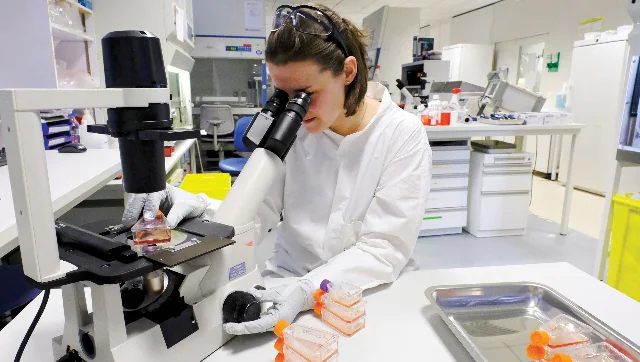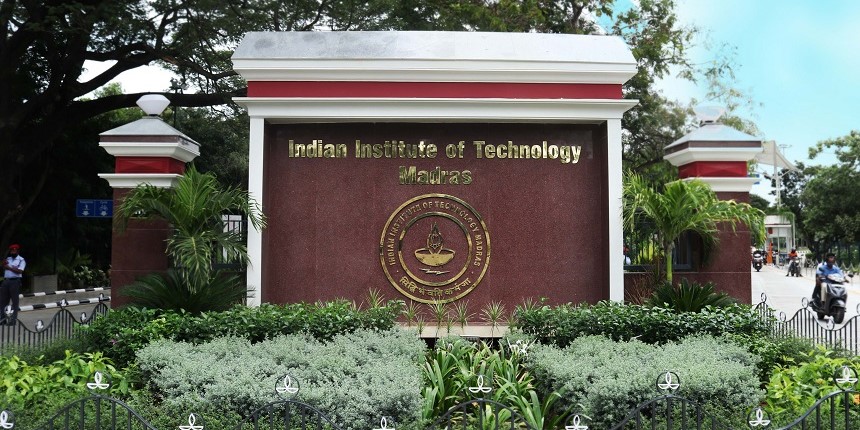Researchers at the Indian Institute of Technology Madras (IIT Madras) have created a computational tool based on machine learning for more accurate identification of cancer-causing malignancies in the brain and spinal cord. This utility, known as “GBMDriver” (GlioBlastoma Mutiforme Drivers), is accessible to everyone online.

What is glioblastoma?
In the cerebral cortex and spinal cord, glioblastoma is a tumor that is rapidly and aggressively growing. Although research has been done to comprehend this cancer, the therapy choices are still limited, and the predicted survival time after diagnosis is less than two years.
A machine learning-based statistical tool called GBMDriver has been created by researchers at the Indian Institute of Technology Madras to enhance the identification of cancer-causing tumors in the brain and spinal cord. The freely available program was designed primarily to find mutations in drivers and passengers’ abnormalities in glioblastoma, cancer that is rapidly spreading.
This study examined 8728 passenger mutations and 9386 driver mutations in glioblastoma. In a blind set of 1809 mutants, driver mutations in glioblastoma were detected with an accuracy of 81.99 percent, which is superior to current computational techniques. The protein sequence is the sole determinant in this technique.
Learning About GBMDriver’s Development:
Study participants looked at 8728 passenger mutations and 9386 driver mutations in glioblastoma. The features of amino acids, di- and tri-peptide motifs, conservation scores, and Position Specific Scoring Matrices (PSSM) were among the factors the researchers considered when creating the web server.
LATEST – TCS’s Q1 Net Profit Increased By 5.2% While Sales Increased By 16.2% Overall.
Superior Detection Accuracy:
The researchers discovered that GBMDriver outperforms existing computational methods in its ability to detect mutations in drivers in glioblastoma with a success rate of 81.99%. The study determined the essential amino acid features that identify cancer-causing mutations, and the method is wholly based on protein sequences.
Impact on Cancer Treatment Potential:
The goal of the study is to discover possible therapeutic targets and prioritize driver mutations in glioblastoma to aid in developing drug design techniques. Although glioblastoma malignancies have been the subject of extensive research in the past, there are now only a limited number of therapeutic options, and the expected survival time upon diagnosis is shorter than two years.
Future Potential of GBMDriver
According to IIT Madras Ph.D. candidate Medha Pandey, the current approach could be helpful in locating treatment targets and prioritizing driver mutations in glioblastoma. The creation of GBMDriver offers the possibility of discovering new treatment targets and enhancing the prognosis for glioblastoma patients.



